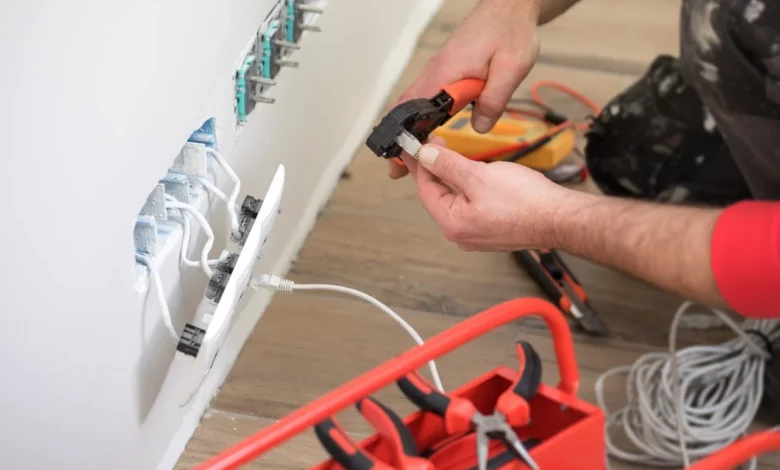What Homeowners Should Know When Troubleshooting Electrical Problems

Most electrical issues don’t arise out of nowhere. There are signs of a problem before a house goes dark, but only the homeowner knows when to fear it.
If left unattended, electrical issues can delay a homebuyer’s inspection; an electrical fire can take weeks to get approval for insurance claims. Or an electrical problem can endanger the safety of homeowners and occupants alike.
We’ve put together a quick guide to troubleshooting electrical issues as a homeowner. As an educated homeowner, you can hire a professional electrician when necessary and solve these problems before it’s too late.
Understand the Basics of Electrical Wiring
It is essential to understand the primary wiring colors. It includes black, red, white, and green. Be mindful of electrical wire sizes and power limitations.
A wire that is too small will not support the load requested. Also, be aware of the type of breaker that matches the wire utilized.
Learning to read a wiring diagram can aid in understanding how wires are connected. It also tells where the power sources come from.
Knowing the basic safety procedures and applicable codes will ensure safety during any electrical repair or work. In addition, identify an issue before attempting repairs to ensure you make the correct repair on the proper electrical circuit. And finally, turning off the power before any electrical work is essential.
Learn the Difference Between Fuses and Circuit Breakers
Fuses are one-time safety devices. They break a circuit when an overload or short circuit occurs. The circuit breakers’ design is to reset so the circuit can be used again after tripping.
The type of electrical panel in the home determines the device needing replacement. If the panel contains fuses, homeowners should check the amperage rating of the fuse. Then, you can replace it with a fuse of the proper amperage.
Homeowners should refer to a circuit breaker replacement guide if the panel contains circuit breakers. It will determine the correct size breaker to be used. It will also ensure proper installation.
Knowing the difference between the two devices can save homeowners time and money in the long run.
Use the Right Tools and Equipment
When troubleshooting electrical problems as a homeowner, it’s important to remember to use the right tools and equipment. Always use a non-contact voltage detector or digital multimeter to test outlets or breakers to determine where a fault may be in the wiring. It will indicate whether you should replace a specific breaker or fuse instead of faulty wiring.
If a wiring replacement is needed, use wire cutters or strippers, a wire crimper, and a voltage meter. Additionally, only attempt to work on the inside of an electrical panel or main circuit breaker after turning off the power to assure safety. Always remember to turn off the power when working on any wiring issue and double-check that it is off before beginning.
Prioritize Safety in Troubleshooting Electrical Problems
When troubleshooting electrical problems, being mindful of safety, asking for help, and knowing the basics of electricity is essential. Lastly, if all else fails, contact a qualified electrician. They are your best bet for troubleshooting electrical problems.
Take care of the issue now before things get worse; take care of the issue now.
If this guide has been helpful, consider the other blogs on this site.




